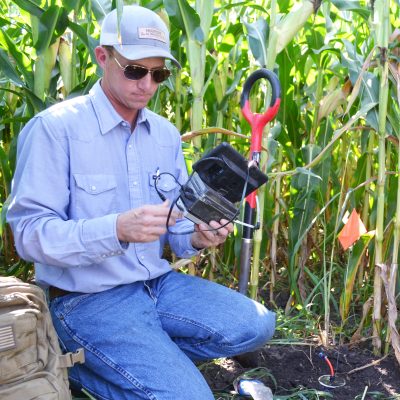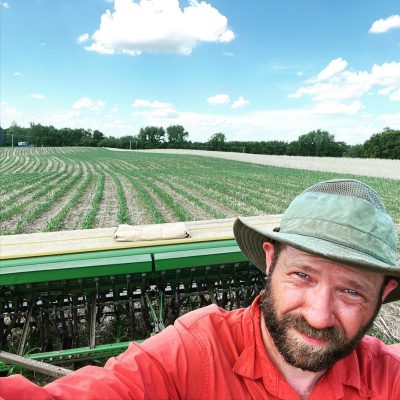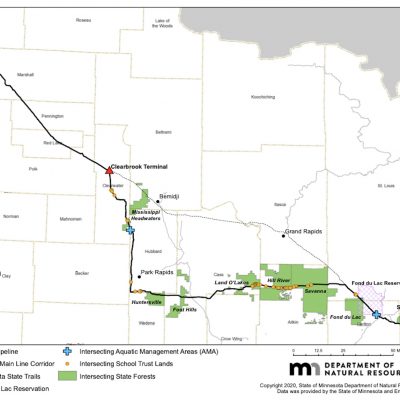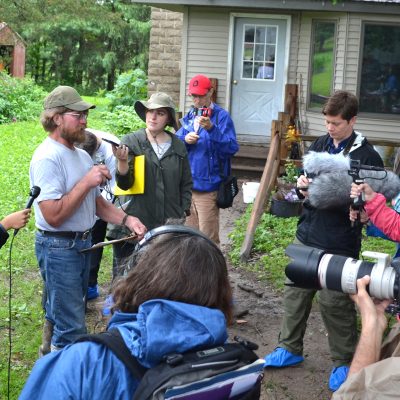Farm Transition Profile: A High-Value Apprenticeship
When Nathan Vergin applied to work as an apprentice on Polyface Farm in Virginia back in the mid-2000s, he had to undergo a three-day “working interview.” Vergin, who grew up helping out on a sheep dairy near Northfield, Minn., passed the trial by fire, and went on to serve a two-year apprenticeship with the farm’s… Read More →



